Mauryan Art and Architecture
Mauryan Art (c. 321-185 B.C.) is the formative stage of early Indian Art and its roots are present in Harappan Art (c. 2700-2000 B.C.) of north-western part of South Asia. A few motifs of the Mauryan art, like the back-to-back Lions, Bull, Linga & Arghya, Trisula, Nandipada, Lotus, Srivatsa, Kalash, Chiti (Ratha chiti), monolithic polished pillar and rock-cut architecture are found in the lower tradition of Harappan art which were developed into higher tradition of Mauryan Art during 3rd. c. B.C. onwards. The Mauryan artist evolved new forms of art and architecture. Religion and spiritualism later became integral part of the Mauryan Art.
This book contains ten chapters, which discuss on political history of Mauryan empire, art and architecture of Ashokan pillars, Mauryan Art, polished ring and disc stones, Mauryan terracottas, Mauryan architecture, Mauryan stupa and monastery, rock-cut architecture of Mauryan age. Further it also deals with Acharya Chanakya (c. 350-275 B.C.) who is also known as Kautilya and Vishnu Gupta. The last chapter is on Arthasastra of Kautilya and at the end, there are articles on Mohenjodaro ritual architecture.
This well-illustrated book, with notes and references, covers a wide range in the field of archaeological research and will be of interest to the research scholars as well as archaeologist.
Get it now and save 10%
BECOME A MEMBER

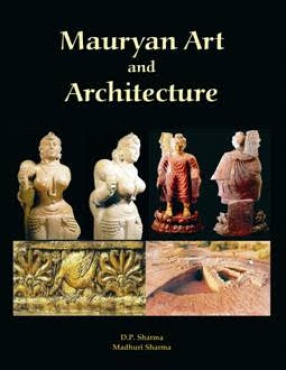
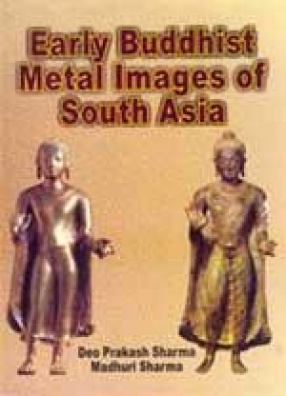
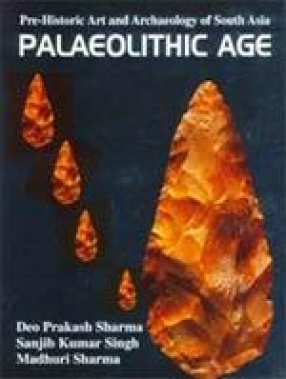
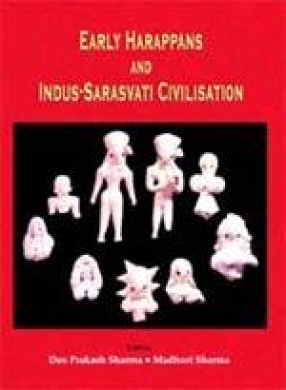
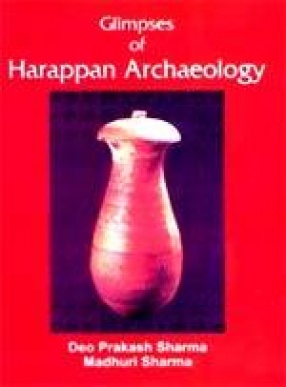
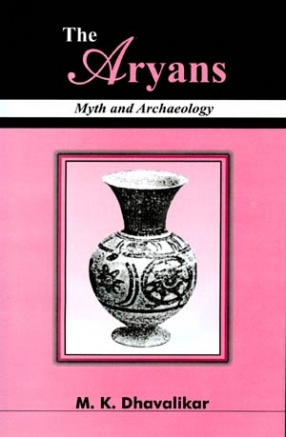
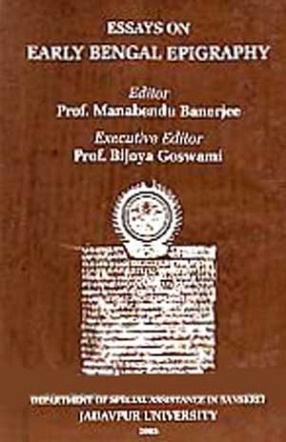
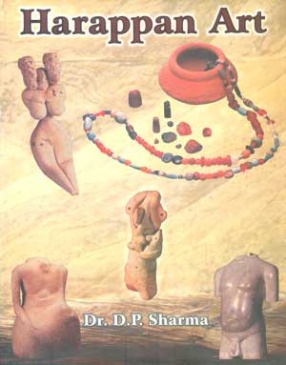
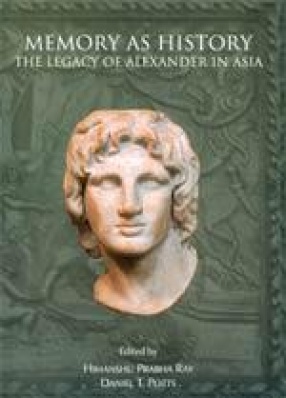

Bibliographic information
Madhuri Sharma